1

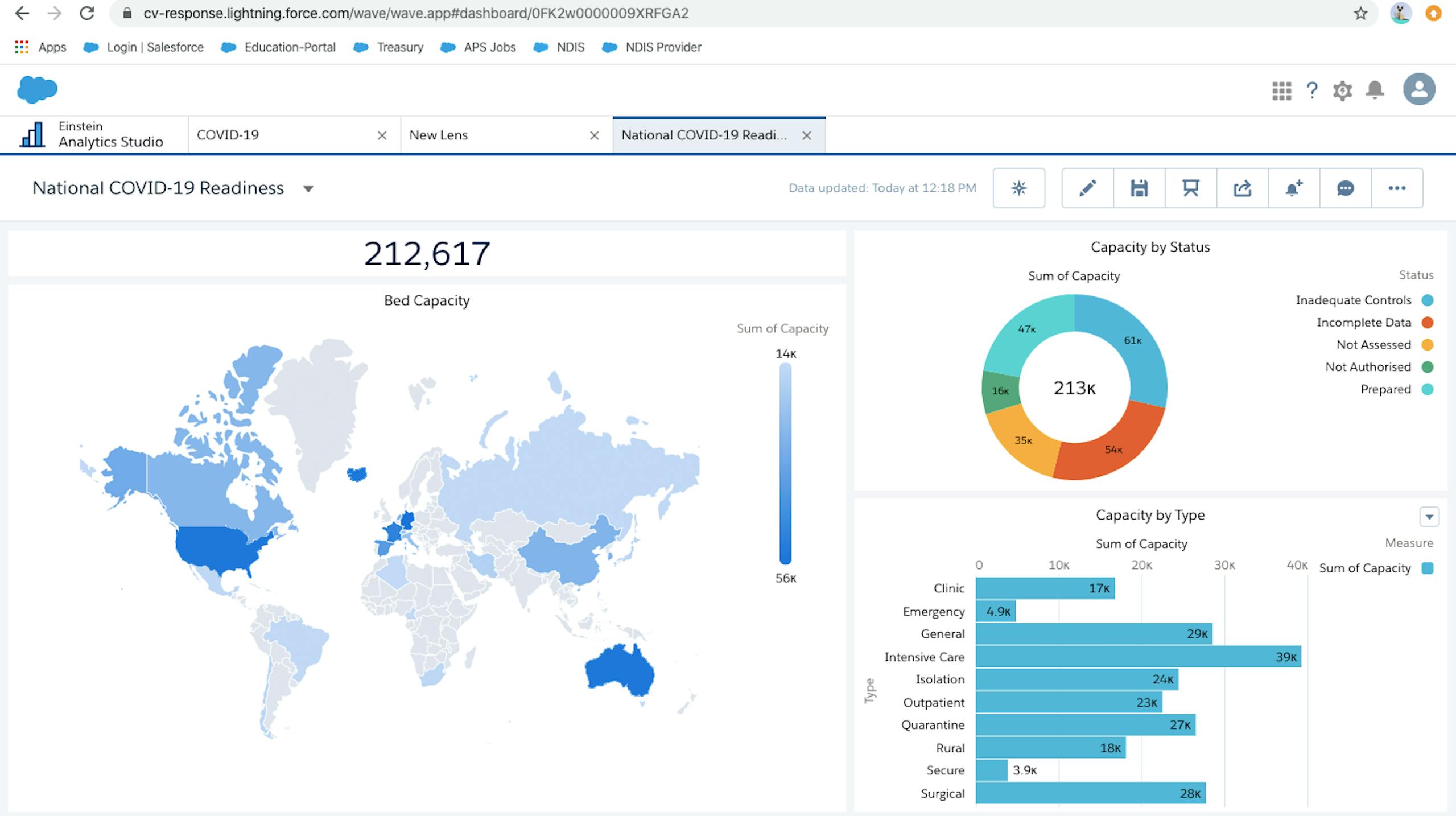
Analytics
With this complete set of collected information, agencies can quickly analyse key performance areas of their readiness, share the analysis and act upon the analysed data.

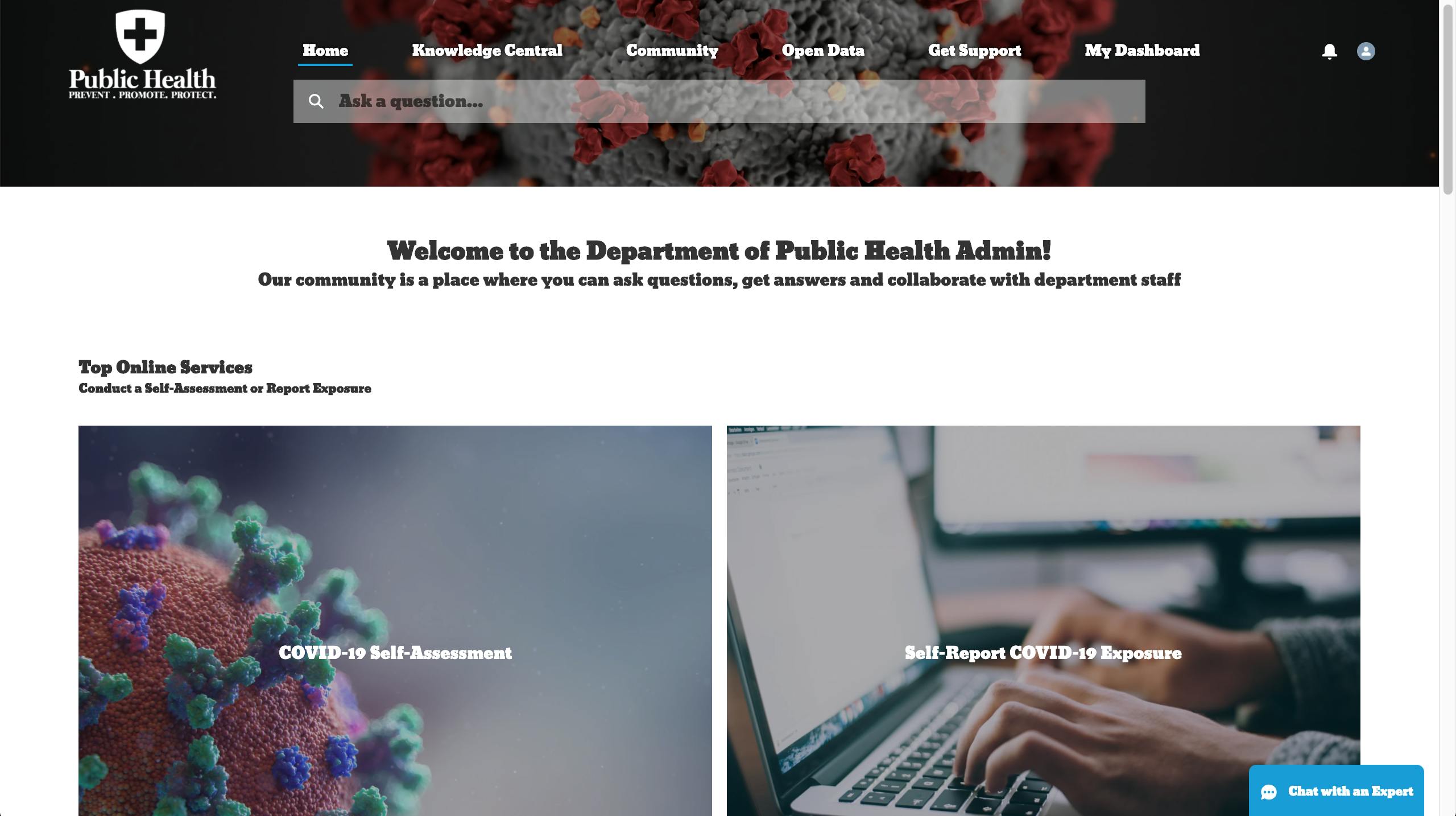
Overview
In any emergency situation, governments experience a dramatic increase in inquiries, questions, responses, coordination, and reporting. Call centres, offices, and websites see increased volumes as the public seeks information and contact with government officials. This creates a natural demand for faster and more consistent responses, tight internal coordination, and time sensitive reporting. As they work as a connected network of ‘command centers’ coordinating both internal and external engagement, all responders need the ability to coordinate resources, personnel, supplies, and transportation. The Salesforce platform delivers an integrated set of capabilities that optimises and connects the response efforts of government through a high-velocity call centre/case management console, community web portals, chatbots, analytics, and knowledge base.

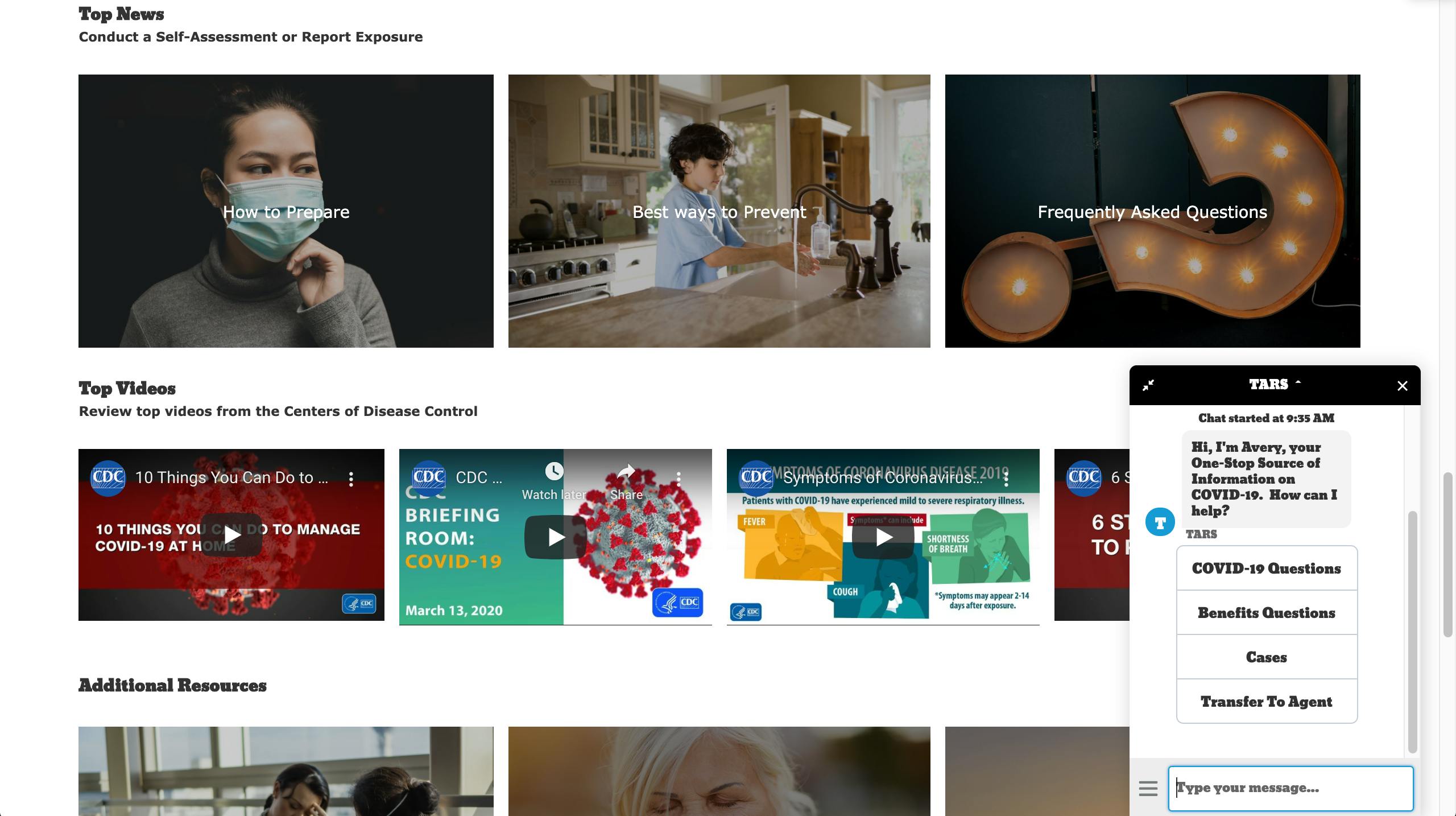
Self-Service Portal
Citizens can also self-serve to reduce case loads and phone lines in Salesforce Community portals. These sites are all mobile responsive so citizens can easily access via a mobile or tablet browser. Within the portal, citizens can see important links, blog posts, videos, knowledge articles, and more. If citizens need help finding information, they can engage with the chat bot embedded in the portal. The bot can be configured to provide key information, case statuses, and in some instances - transfer to a service agent. Agencies can rapidly spin up portals utilising pre-built templates and drag and drop configuration tools.

Schedule Appointments
During emergencies - citizens often need services at the same time. Utilising Salesforce automation tools - citizens can complete assessments to determine eligibility and then after approved - they can schedule an appointment to receive a test or pick up supplies.

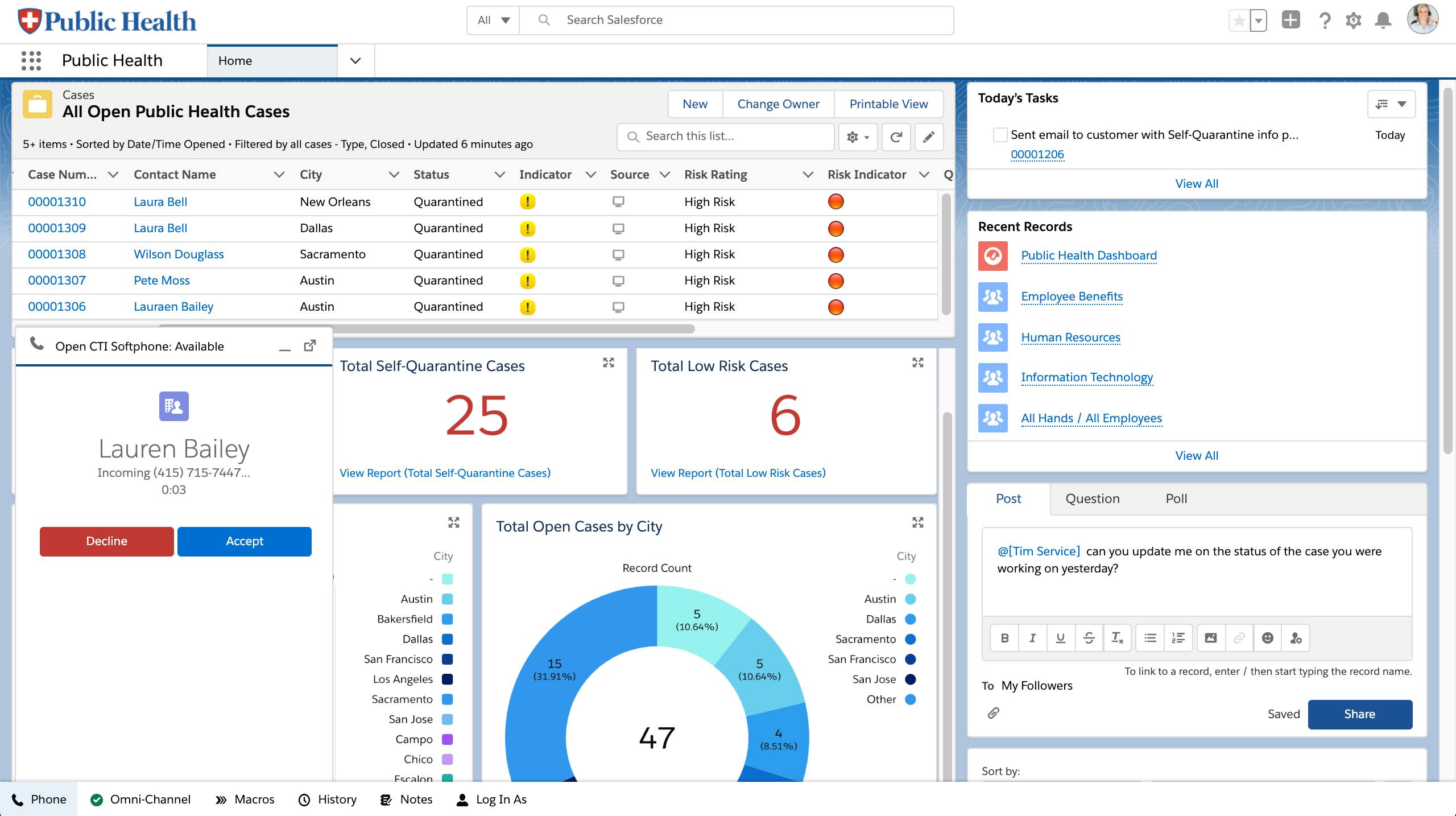
Call Centre Operations
Not all citizens can or want to self-serve which is why enabling call centres and Salesforce is so important. Salesforce provides the necessary capabilities to create an intelligent emergency management response and recovery service for citizens and emergency responders alike.
Service agents have all the tools they need to manage the emergency head on. They can login to their homepage and see a list of all open cases, a dashboard of metrics relating to the emergency, their feed where they can collaborate with colleagues and remain up-to-date on everything within the organisation. In the Service Cloud console - any computer telephony system can be integrated to receive contact centre calls and case requests. Salesforce is web-based so agents can complete their work remotely.

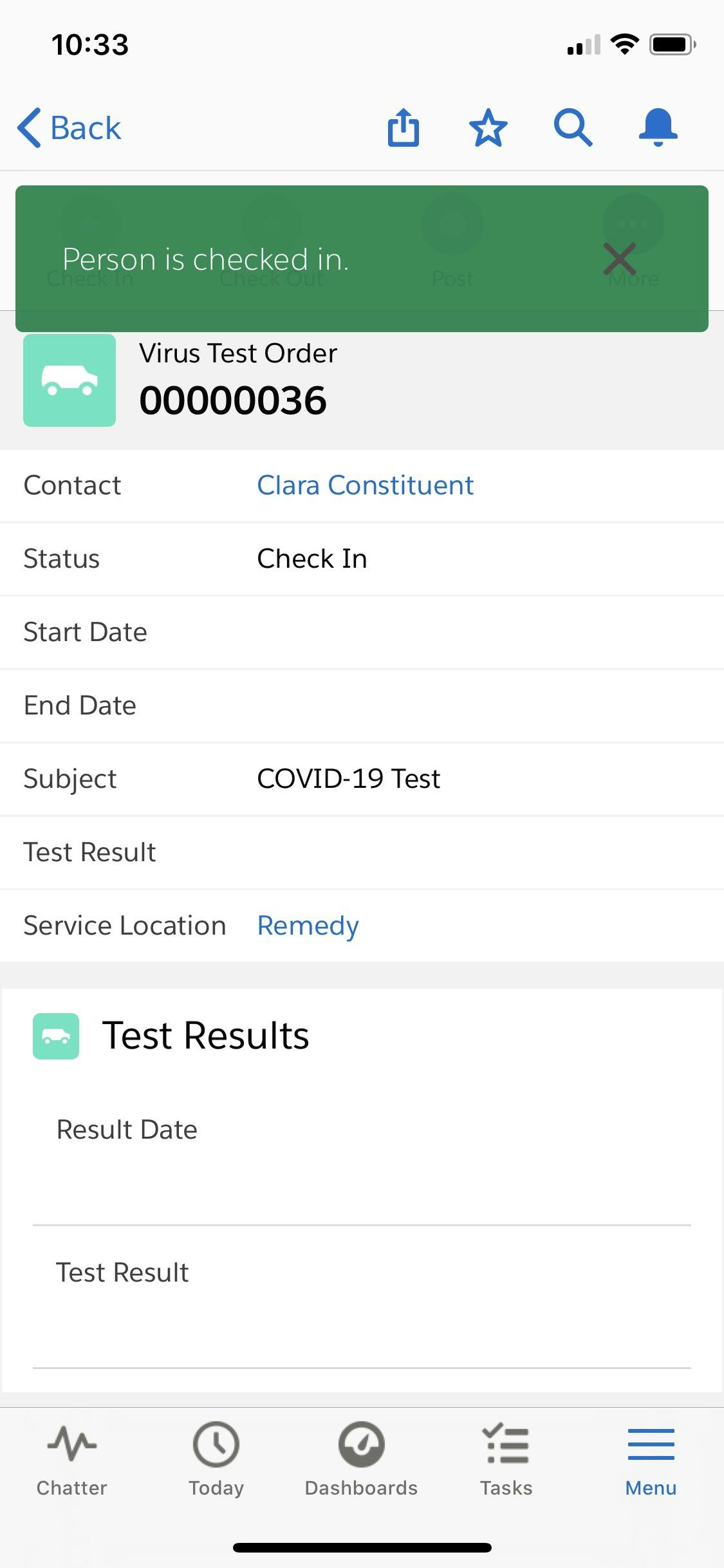
Mobile Check-in
When a citizen shows up for their appointment - service workers can easily check them in on any mobile device utilising the QR code and add results of tests or supplies they provided.

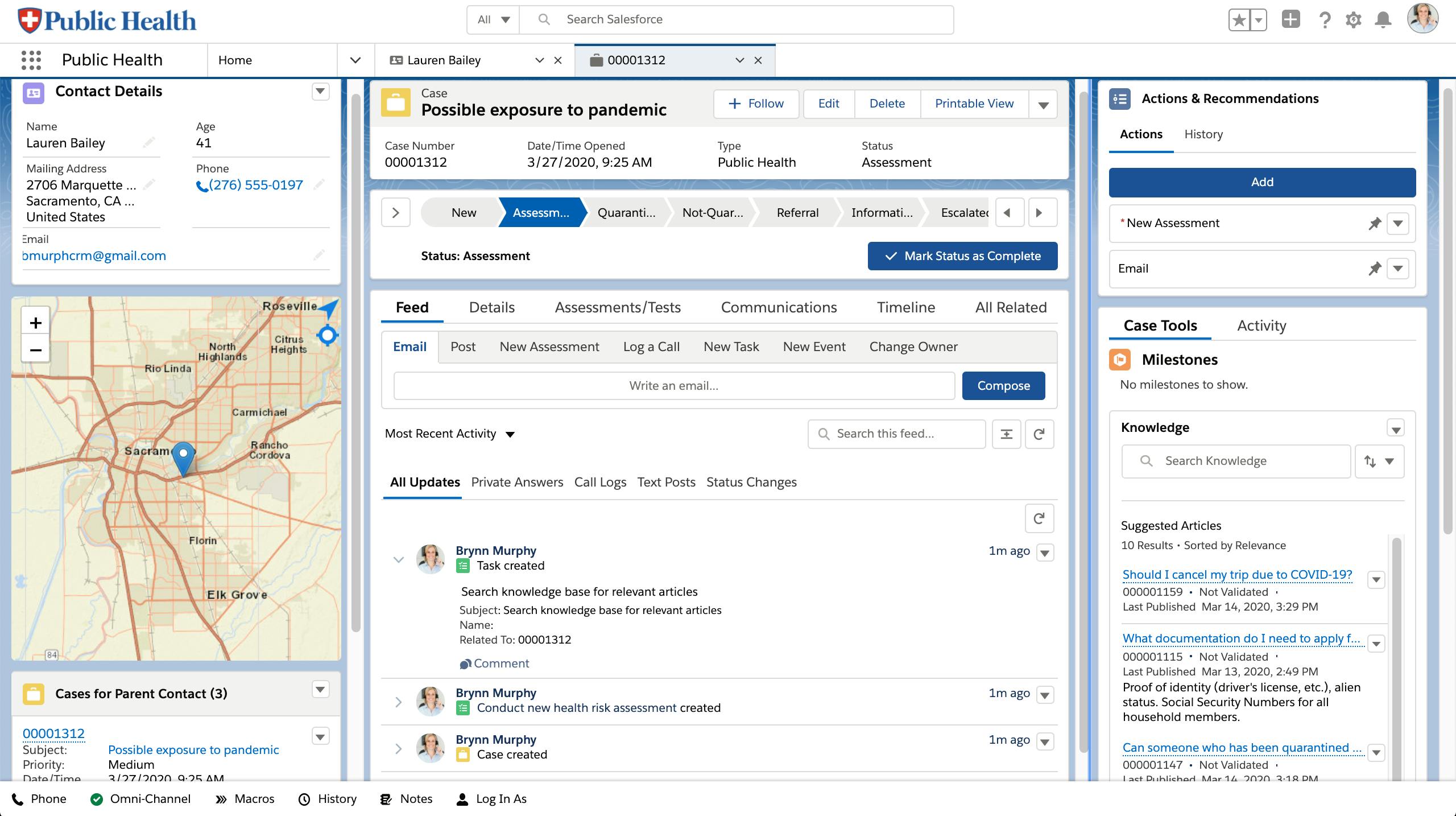
Case Record
Back at the agency - all tests are tracked with cases. On the case record we can see a 360 degree view of the contact and their case. We can see all the details and take action on the case such as view knowledge articles, collaborate with colleagues, send emails to the contact and more.
All of the screens are fully configurable with the page builder so you can decide what components you want and where you want them to be on the page.

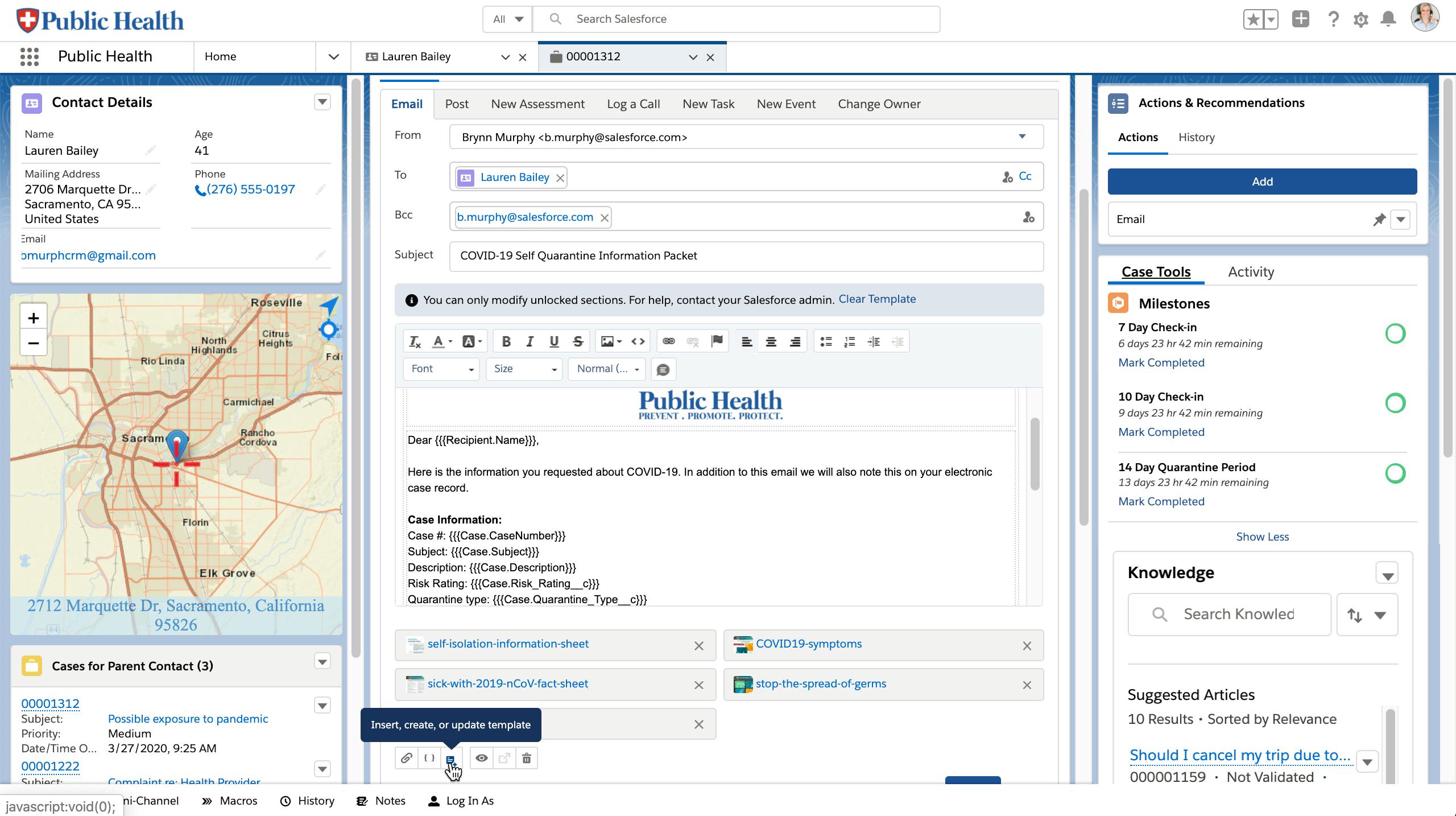
Communication with Citizens
Communications with citizens can be done though most channels directly in the console - no more switching back and forth to different applications. On the case, the agent can email the citizen directly utilising templates that can pre-default text and pull in information from knowledge articles to keep her informed. The other way to interact with the contact is to post a message to the feed which citizens can access if they have a Community portal login.
Here, the service agent can follow up with the citizen after their test results with key information based on their results.


Analytics
With this complete set of collected information, agencies can quickly analyse key performance areas of their readiness, share the analysis and act upon the analysed data.


Overview
In any emergency situation, governments experience a dramatic increase in inquiries, questions, responses, coordination, and reporting. Call centres, offices, and websites see increased volumes as the public seeks information and contact with government officials. This creates a natural demand for faster and more consistent responses, tight internal coordination, and time sensitive reporting. As they work as a connected network of ‘command centers’ coordinating both internal and external engagement, all responders need the ability to coordinate resources, personnel, supplies, and transportation. The Salesforce platform delivers an integrated set of capabilities that optimises and connects the response efforts of government through a high-velocity call centre/case management console, community web portals, chatbots, analytics, and knowledge base.


Self-Service Portal
Citizens can also self-serve to reduce case loads and phone lines in Salesforce Community portals. These sites are all mobile responsive so citizens can easily access via a mobile or tablet browser. Within the portal, citizens can see important links, blog posts, videos, knowledge articles, and more. If citizens need help finding information, they can engage with the chat bot embedded in the portal. The bot can be configured to provide key information, case statuses, and in some instances - transfer to a service agent. Agencies can rapidly spin up portals utilising pre-built templates and drag and drop configuration tools.

Schedule Appointments
During emergencies - citizens often need services at the same time. Utilising Salesforce automation tools - citizens can complete assessments to determine eligibility and then after approved - they can schedule an appointment to receive a test or pick up supplies.


Call Centre Operations
Not all citizens can or want to self-serve which is why enabling call centres and Salesforce is so important. Salesforce provides the necessary capabilities to create an intelligent emergency management response and recovery service for citizens and emergency responders alike.
Service agents have all the tools they need to manage the emergency head on. They can login to their homepage and see a list of all open cases, a dashboard of metrics relating to the emergency, their feed where they can collaborate with colleagues and remain up-to-date on everything within the organisation. In the Service Cloud console - any computer telephony system can be integrated to receive contact centre calls and case requests. Salesforce is web-based so agents can complete their work remotely.


Mobile Check-in
When a citizen shows up for their appointment - service workers can easily check them in on any mobile device utilising the QR code and add results of tests or supplies they provided.


Case Record
Back at the agency - all tests are tracked with cases. On the case record we can see a 360 degree view of the contact and their case. We can see all the details and take action on the case such as view knowledge articles, collaborate with colleagues, send emails to the contact and more.
All of the screens are fully configurable with the page builder so you can decide what components you want and where you want them to be on the page.


Communication with Citizens
Communications with citizens can be done though most channels directly in the console - no more switching back and forth to different applications. On the case, the agent can email the citizen directly utilising templates that can pre-default text and pull in information from knowledge articles to keep her informed. The other way to interact with the contact is to post a message to the feed which citizens can access if they have a Community portal login.
Here, the service agent can follow up with the citizen after their test results with key information based on their results.


Analytics
With this complete set of collected information, agencies can quickly analyse key performance areas of their readiness, share the analysis and act upon the analysed data.






